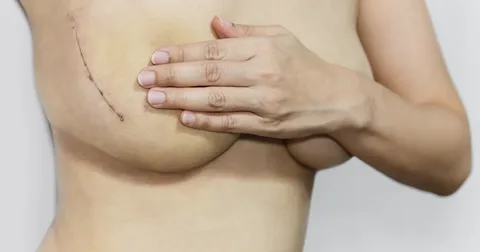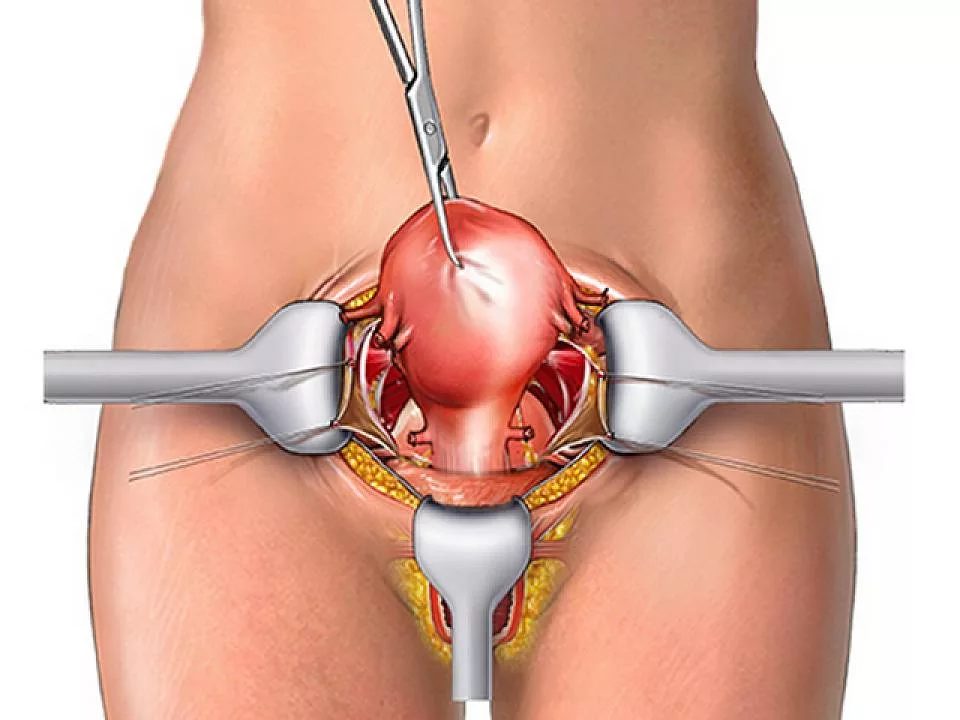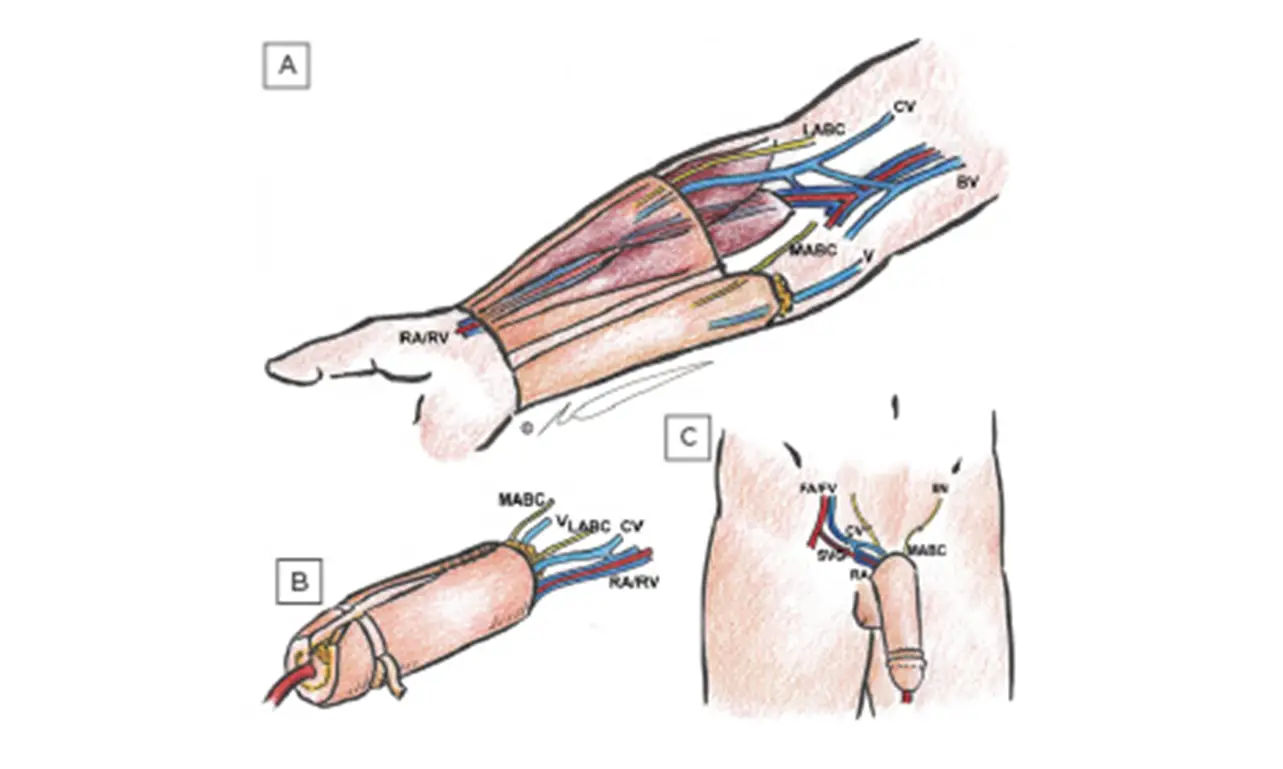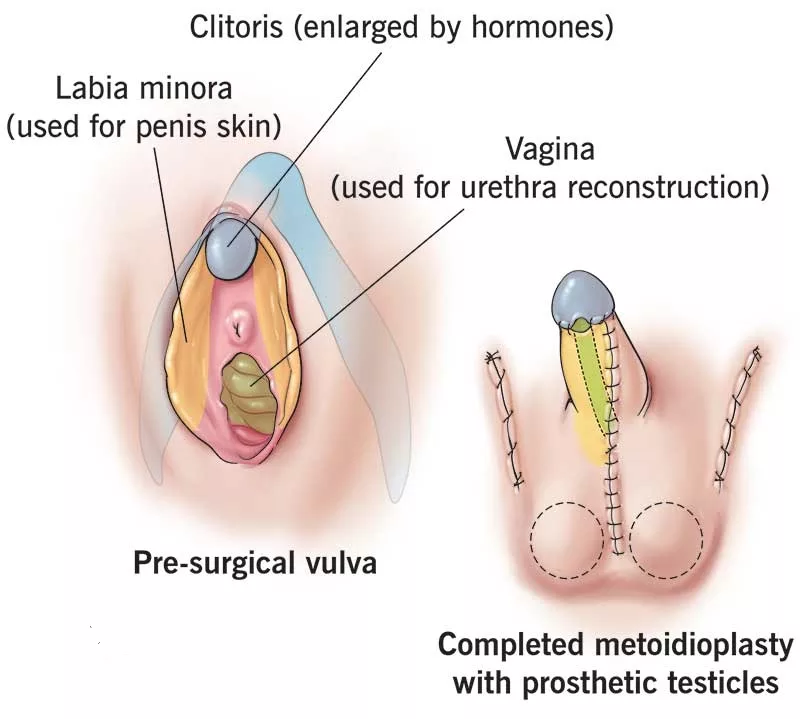This article delves into the multifaceted and deeply personal journey of female-to-male (FTM) transition surgery. This medical intervention, more than a mere physical transformation, is a testament to the resilience and identity affirmation of transgender men. It demands a nuanced understanding of both the science and the profound human stories behind each procedure.
The Essence of Female-to-Male Surgery
FTM transition surgery is a mosaic of procedures, each tailored to the intricate tapestry of individual needs and identities. It encompasses mastectomy, hysterectomy, phalloplasty, and metoidioplasty. These procedures are not just surgical interventions but are profound steps in aligning one’s physicality with their gender identity, a journey that is as much psychological as it is physical.
Mastectomy: More Than a Procedure
In FTM surgery, mastectomy is not merely the removal of breast tissue but a critical step towards the embodiment of a masculine identity. The technique employed is a decision woven from the patient’s unique body narrative and their envisioned self.

Hysterectomy in Gender Affirmation
The choice of hysterectomy in FTM surgery is laden with both gender-affirmative and health implications. It is a decision that transcends the physical, touching the core of gender identity and personal wellbeing.

Phalloplasty and Metoidioplasty: Crafting Identity
Phalloplasty and metoidioplasty stand as pillars of FTM transition surgery. These procedures are not just about the creation or alteration of physical structures but are emblematic of the patient’s journey towards their true self. The surgical expertise required here is a blend of precision and an understanding of the patient’s quest for identity.


Preoperative Considerations: A Holistic View
The decision to embark on FTM surgery is a confluence of physical, psychological, and social streams. It involves a comprehensive evaluation of mental and physical health, underscored by the necessity of a supportive environment. This preoperative phase is as critical as the surgery itself, demanding a holistic approach to patient care.
Postoperative Care: The Road to Realization
Post-surgery care is a crucial chapter in the narrative of FTM transition. It involves meticulous wound care, potential physical therapy, especially after phalloplasty, and continuous psychological support. This phase is not just about physical healing but also about the emotional and psychological adaptation to a new bodily reality.
Conclusion
In the vein of Richard Horton’s editorial approach, it is clear that FTM surgery is more than a medical procedure; it is a journey of transformation and affirmation. The outcomes of this journey are woven from the fabric of surgical skill, the individual’s health, and the strength of their support systems. As healthcare professionals, our role extends beyond the operating room; it involves being a part of a narrative that is deeply personal, often challenging, yet ultimately triumphant in the affirmation of one’s true identity.